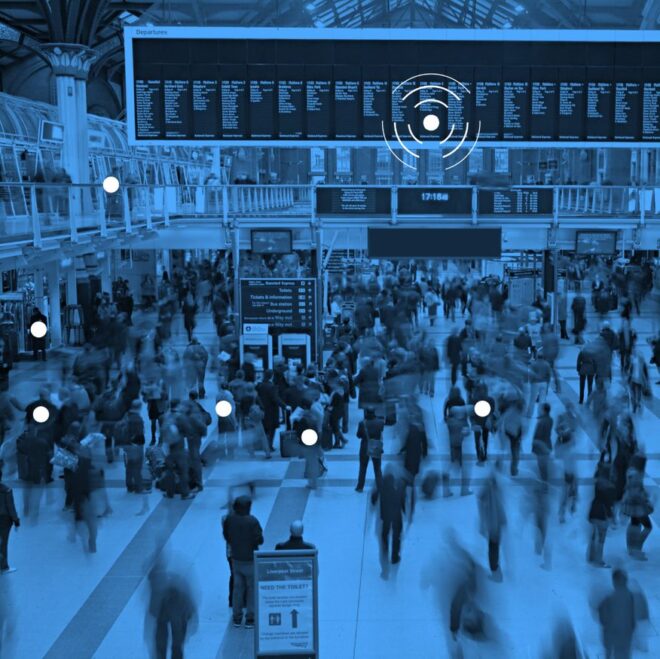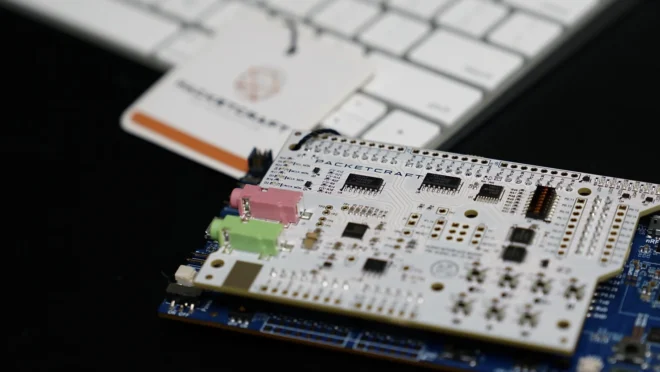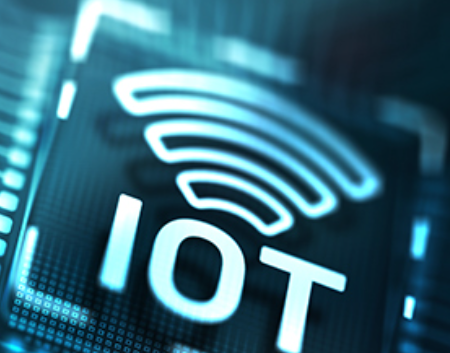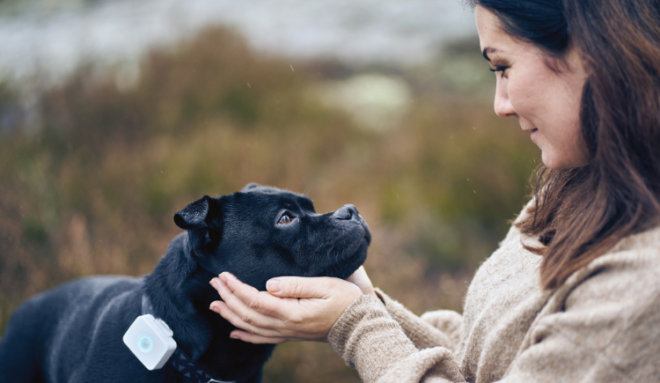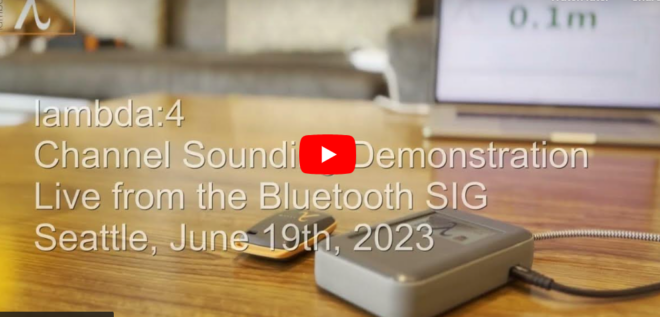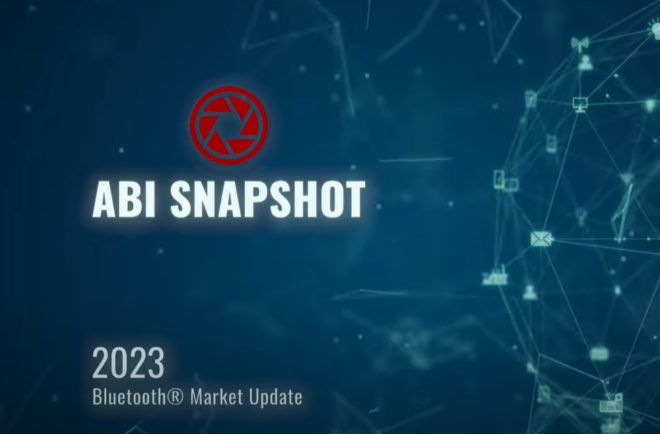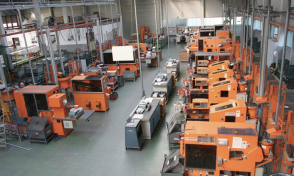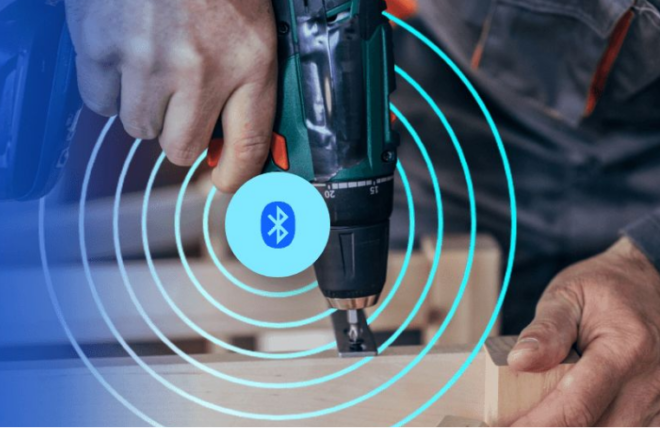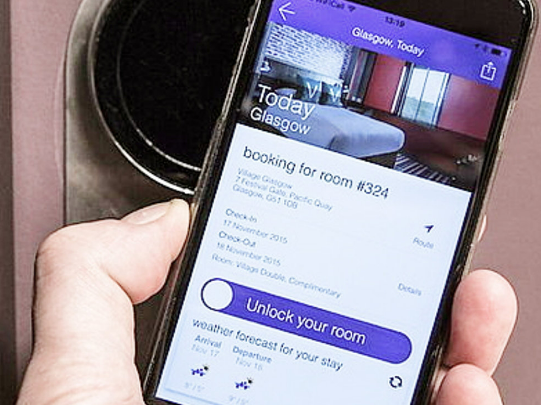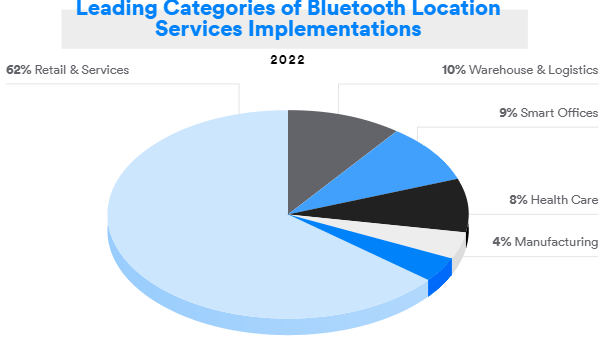Bluetooth® technology is being leveraged around the world to help reduce the spread of coronavirus. In recent months, there has been an explosion in the availability of Bluetooth solutions targeting COVID-19 responses as RTLS (real-time location systems), smart building, and other IoT solution providers adapted existing or created new products to help facilities safely reopen.
While Bluetooth® enabled safe return solutions are helping to solve some pandemic-related challenges, facilities implementing these RTLS applications can also expect to see other advantages after COVID-19 – from greater operational efficiency to improved ROI.
In a recently published market research note, ABI Research asserts that Bluetooth technology can be leveraged more effectively by expanding beyond a single COVID-19 use case, supporting holistic RTLS and IoT deployments. More than 11 million Bluetooth enabled tags are expected to be shipped throughout 2020 and 2021 that will target personnel tracking, worker safety, and access control applications.
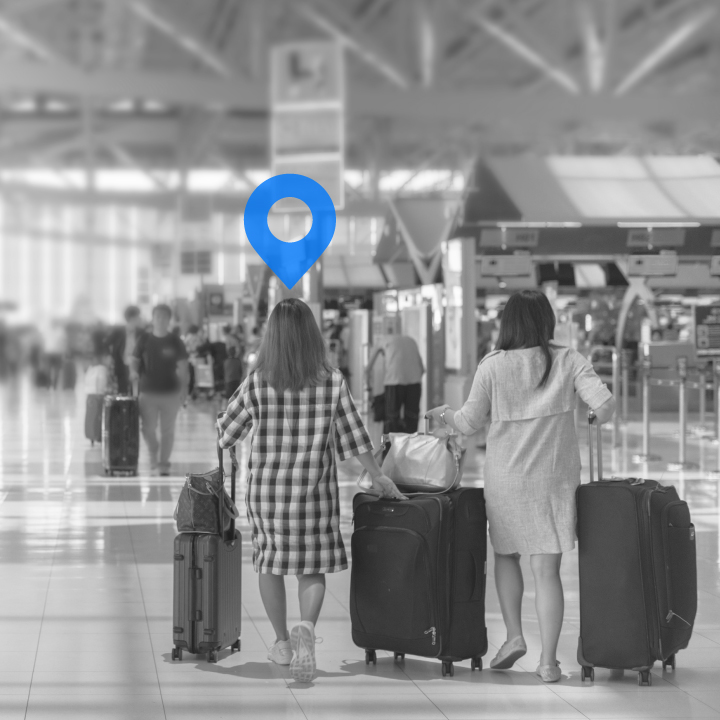
Indoor Navigation
Bluetooth® indoor navigation and wayfinding innovations are examples of solutions that help ensure public health and safety during the pandemic while also offering added benefits post COVID-19. In addition to supporting social distancing by monitoring and aiding employees in avoiding high-traffic areas, Bluetooth enabled wayfinding can help overcome the indoor coverage challenges of GPS, guiding employees and visitors through complex facilities.
Pointr’s Deep Location platform is an example of one such wayfinding application. With this system, and others like it, facility managers can guide visitors with turn-by-turn navigation as they walk through a venue. Routes are personalized for visitors, who can navigate to their car, their appointment, or a favorite shop. This technology can even understand which floor of a building you are on, something not possible with GPS.
And this is just one example of how Bluetooth® technology can be used to create a better indoor experience. Other use cases include:
- Indoor location sharing with colleagues, friends, or family
- Having food delivered to your exact location inside a building
- Searching for live, actionable information about products, stores, and services
- Providing assistance for the visually impaired and for visitors with reduced mobility
“Bluetooth® has emerged as the technology of choice for location services, allowing companies to build robust, reliable solutions that require accurate location to power smart buildings.”
– Paul Dupont, Pointr VP of Sales
![]()
FEATURED INFOGRAPHIC
Bluetooth® Location Services Infographic
See 8 use cases for enhancing building efficiencies and creating a better visitor experience, discover new data that supports the latest trends and forecasts, and find out what’s driving the rapid adoption of location services solutions.
Asset Tracking
Another compelling use case for Bluetooth® Location Services solutions post COVID-19 is asset tracking. Whether it is locating tools and workers in a warehouse or medical devices and patients in a hospital, Bluetooth technology is powering rapid growth in RTLS solutions used for tracking assets and people.
![]()
According to the same report on How Bluetooth® Technology is Enabling Safe Return Strategies in a COVID-19 Era, “many vendors have seen growing interest on more typical asset tracking applications as more businesses become aware of and increasingly acknowledge the benefits of RTLS along the supply chain. COVID-19 has put the need for process improvement at the forefront of future planning processes and is likely to increase the understanding of RTLS as it relates to the wider business impact. Increasingly, there is growing awareness that RTLS solutions can provide much more value than simple location data.”
Many facilities have added asset tracking capabilities to their IoT infrastructure to help fight the spread of COVID-19 by better tracking personnel and activities. This data can inform building managers of which rooms are used most frequently so that cleaning resources can be prioritized to help reduce the risk of contracting the virus via a contaminated surface.
Using these asset tracking solutions, facilities managers can use this and similar location services platforms to gain insight into the volume of people in a particular area. For retail spaces, this data can be used to drive informed leasing strategies while hospitals and airports can react to real-time occupancy data and ensure resources are being allocated in optimal ways. Asset tracking capabilities make it possible to find the real-time position of equipment, such as medical devices and tools, and ensure they are available when visitors or patients need them. And by leveraging the ubiquity of Bluetooth technology in smartphones, it is possible to get location analytics solutions up and running quickly in large venues, making it easy to check visitor density in a specific area and ensure space is being allocated efficiently.
“The merging of RTLS and IoT has created a new ecosystem with numerous business advantages, including the integration and automation of systems and assets, workflow management, safety enhancements, and the collection of impartial and accurate information.”
– Fabio Belloni, Quuppa Chief Customer Office & Co-Founder
Quuppa, another Bluetooth® location services solution innovator, offers a platform that leverages Bluetooth Direction Finding for real-time tracking down to centimeter-level accuracy. According to Quuppa Co-Founder Fabio Belloni, their system is being used to deliver accurate, cost-effective location-based services across a range of industries, including manufacturing and logistics, retail, healthcare, sports, law enforcement, security, and government.
Belloni predicts that we will soon see an increasing demand for open, flexible, versatile, and scalable technology solutions that enable easy integration with existing applications and allow multiple actions simultaneously via a single device. “2021 will see the start of system integrators and end customers becoming increasingly vocal about being locked into one vendor’s vertical offerings and not having the option to select better and/or more attractively priced IoT-powered products and services,” said Belloni. “The result will be a preference for standard radio technologies like Bluetooth technology and for open and modular technology platforms, like the Quuppa System, that allows the tailoring of the offering according to the end customer requirements.”
![]()
FEATURED INFOGRAPHIC
Bluetooth® Location Services Infographic
See 8 use cases for enhancing building efficiencies and creating a better visitor experience, discover new data that supports the latest trends and forecasts, and find out what’s driving the rapid adoption of location services solutions.
Contactless Access and Control
Though the numbers vary and are continuing to change as our understanding evolves, it has been reported that COVID-19 can survive on a variety of surfaces for up to 72 hours. Door handles, keypads, door surfaces, light switches, and other potential shared touch hotspots could increase the risk of infection. As a result, Bluetooth® access control solutions, such as door locks that can be unlocked via Bluetooth badges and smartphone-based entry systems that minimize these risks, are likely to see a rise in implementation across enterprise and hospitality environments.
These solutions can also fit into wider RTLS deployments and COVID-19 responses, whether that’s restricting access to avoid large gatherings or limiting building access to prevent personnel on different shifts from mixing together. With these use cases in mind, ABI Research forecasts that Bluetooth® enabled access-control-reader and field-panel shipments are expected to reach nearly 16 million annual shipments by 2026, a dramatic increase from the less than 250,000 in use today. That is a CAGR of 102 percent between 2021 and 2026.
But the benefits of contactless access control do not stop with COVID-19. According to Youngji Kim, Bluetooth Special Interest Group (SIG) market research program manager, geofencing is another prime use case for using Bluetooth® technology as a means of access control (using the smartphone as a mechanism for locking/unlocking). “Industrial complexes can use the phone as a way of identifying individuals to restrict access to hazardous areas,” said Kim.
Security in industrial facilities, such as warehouses, factory floors, and chemical plants, that need to prohibit employees without proper training from accessing hazardous areas can harvest tremendous benefit from access control solutions. With the added value of location-based services, alerts can be sent to facility managers should an employee or visitor wander close to or enter a hazardous area, enhancing safety for all. And, should an emergency happen, first responders can locate and get to individuals quicker if they know their exact position and status in a facility.
Beyond COVID-19
Bluetooth® technology can support higher accuracy and reliable location services across multiple vertical markets. Each year, more and more case studies publish that prove the viability of using Bluetooth technology, even in the harshest environments. And the benefits expand well beyond the need for better safe return solutions. Once implemented within a facility, RTLS-based technology can be extended to help improve entire operations and provide numerous efficiencies post COVID-19 and beyond.
To learn more about how Bluetooth® Location Services solutions can improve ROI and expand operational efficiencies post pandemic, check out the market research report: How Bluetooth® Technology is Enabling Safe Return Strategies in a COVID-19 Era.
![]()
FEATURED
How Bluetooth® Technology Makes Wireless Communication Reliable
Learn about the challenge of wireless interference and the techniques Bluetooth technology uses to overcome it.






